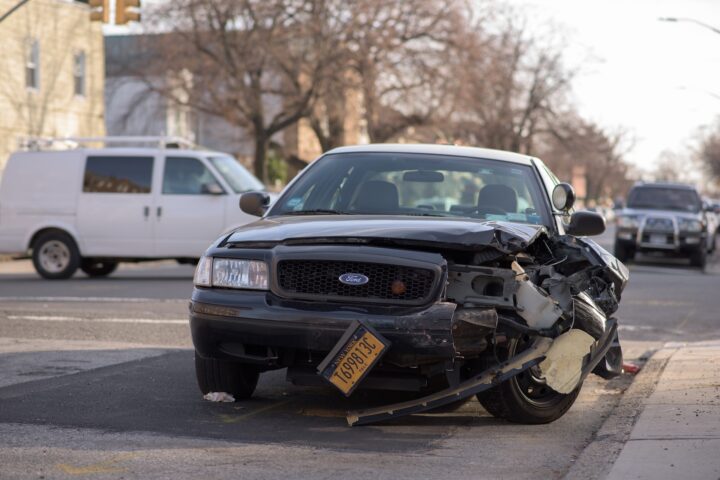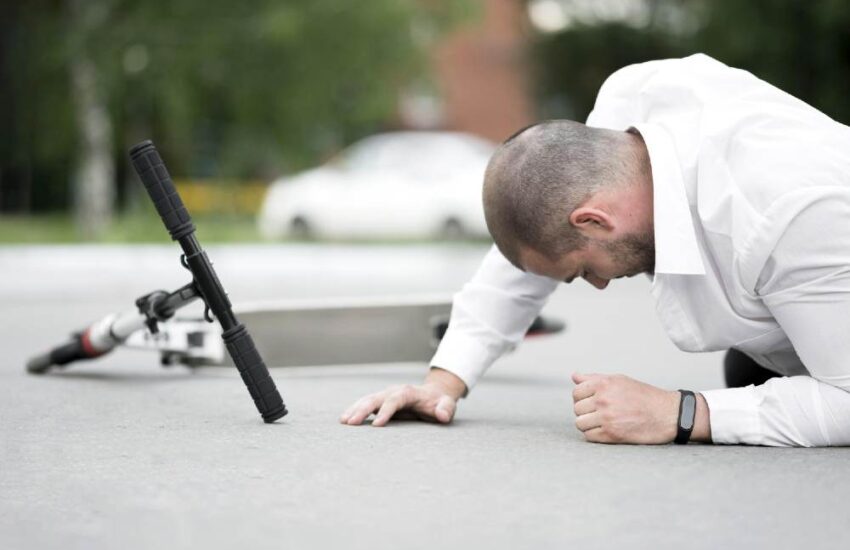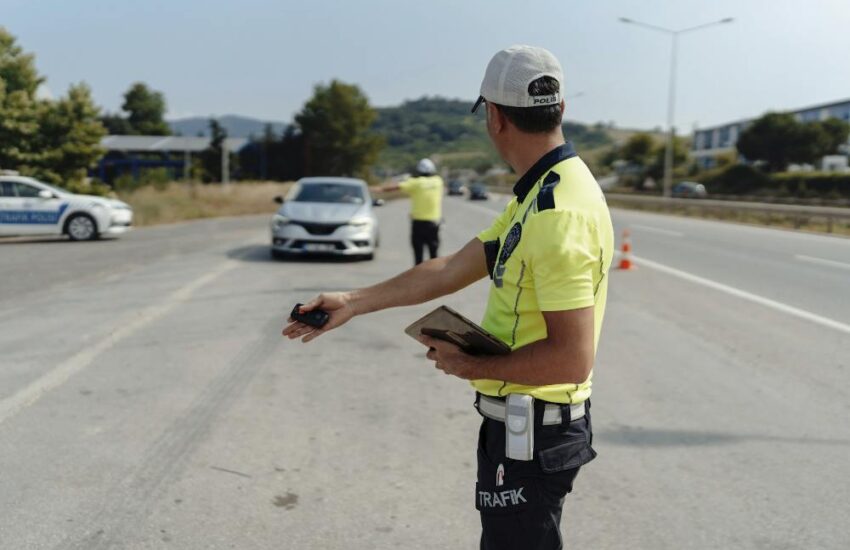At-Fault vs. No-Fault Accidents: Everything You Need to Know
Finding yourself driving on the road one minute and in an accident with another driver the next is a concerning experience. With everything happening so quickly, it’s difficult to know who’s at fault in a car accident when it occurs. However, in some states, it actually doesn’t matter who is involved in the accident from a legal perspective, dependent upon the severity of the accident. Learn everything there is to know about the difference between at-fault and no-fault states.

How Does an At-Fault Accident Work?
An at-fault accident is the stereotypical type of car accident that a person might go through and is trained for. When this type of accident occurs, the insurance companies for both individuals will review the details of the accident and will investigate to see if they can determine who was at fault. In some situations, the fault will be clear, and one driver will openly admit fault, but other situations may require significant investigation on the part of a company and an adjuster.
How is Fault Determined in an Accident?
There are a variety of factors used to determine fault when an accident occurs in an at-fault state. An insurance adjuster will interview the drivers who were involved in the wreck first in order to get their side of the story. They will also reach out to any potential witnesses and will review police statements or other documentation related to the wreck.
Both insurance companies will then work together to assign who is at fault and to what degree. The amount owed by the at-fault driver’s insurance company to the other party is based on the percentage degree of fault they were determined to have had.
How Does a No-Fault Accident Work?
On the other side of things, a no-fault accident works slightly differently. When an accident occurs between two drivers in a no-fault state, there is no investigation into who is at-fault for the accident. Both insurance companies pay out medical bills for their own policyholders, rather than paying for the other person’s injury.
In a no-fault state, drivers can still sue an at-fault driver if the damage to their body or property is significant. The primary point of a no-fault policy is to remove small claims from the court process. Drivers in these states are required to purchase bodily injury protection insurance in addition to liability protection, unlike in an at-fault state. The current list of no-fault states includes:
- Minnesota
- New Jersey
- Arkansas
- Delaware
- Florida
- Kansas
- Hawaii
- Maryland
- Massachusetts
- Kentucky
- Michigan
- North Dakota
- New York
- Oregon
- Pennsylvania
- Texas
- Washington
- Utah
5 Steps to Take Following a Car Accident
Finding yourself involved in a car accident is an extremely troubling experience that can lead anybody to wonder what to do next. Reacting appropriately when an accident occurs can help protect your both legally and financially, so utilize the following five steps:
If operational, move vehicle(s) to the side of the road
First and foremost, the last thing a person should want to do is cause a secondary accident on the road. However, leaving the debris of your vehicle in the road following an accident can distract other drivers and lead to another accident happening. If your vehicle is still operational following an accident, get it to the shoulder of the road right away.
Inspect yourself and others for injury
Once your vehicle is in a safe location, inspect yourself for any injuries and assess how you feel internally to see if anything may have happened. Secondly, inspect those in your vehicle for injury as well to be sure that nobody needs immediate medical attention.
Trade insurance and driver’s license information with the other driver
After ensuring nobody has been injured, trade your insurance and contact information with the other driver(s) involved in the crash. This will allow their insurance company to reach out to your own to facilitate the claims process.
Take photos of any damage to either vehicle
Document any and all damage to your vehicle and the other vehicle at the scene of the accident. Don’t wait until you are home as the other party could argue any damage was inflicted after the fact.
Contact the authorities if necessary
Finally, if the authorities are needed for any reason, reach out and contact them right away. You should always consider reporting the accident anyways just in case there is debris in the road or other items that need to be cleared away.
The Bottom Line
While being in a car accident can be a frightening experience which can potentially result in serious injury, insurance can help make you whole. However, it’s important to know whether you live in an at-fault or no-fault state so that you can determine how you will potentially receive compensation. Regardless of the type of state you live in, be sure to use the above tips if an accident does happen so that you can handle the situation quickly and efficiently.


